In the 40th minute of the second half, with the end of the match approaching, the player wearing number 88 waiting on the sidelines was filled with an unprecedented mix of nervousness and ambition.
2025 Meiji Yasuda J1 League Sec. 34 match against Sanfrecce Hiroshima. Taiyo YAMAGUCHI, in his first year after being promoted from FC Tokyo U-18, finally took his first step as a professional.
The moment he found his name among the traveling members, Yamaguchi had a strong premonition.
“There were forwards who were in poor condition or injured, so I thought maybe… this could be my chance.”
However, there were many chances this season that slipped away by just one step. That’s why he focused on preparing without getting carried away.
“I always focused on making the best possible preparations. When I found out I was included in the squad for the Hiroshima match, honestly, I felt happy, and it felt like the efforts I had made so far were finally paying off a little. When I arrived at the stadium, I was a bit restless (laughs). It felt like a mix of nervousness and excitement.”
As the match began, Tokyo gradually increased their ball possession despite facing pressure from Hiroshima.
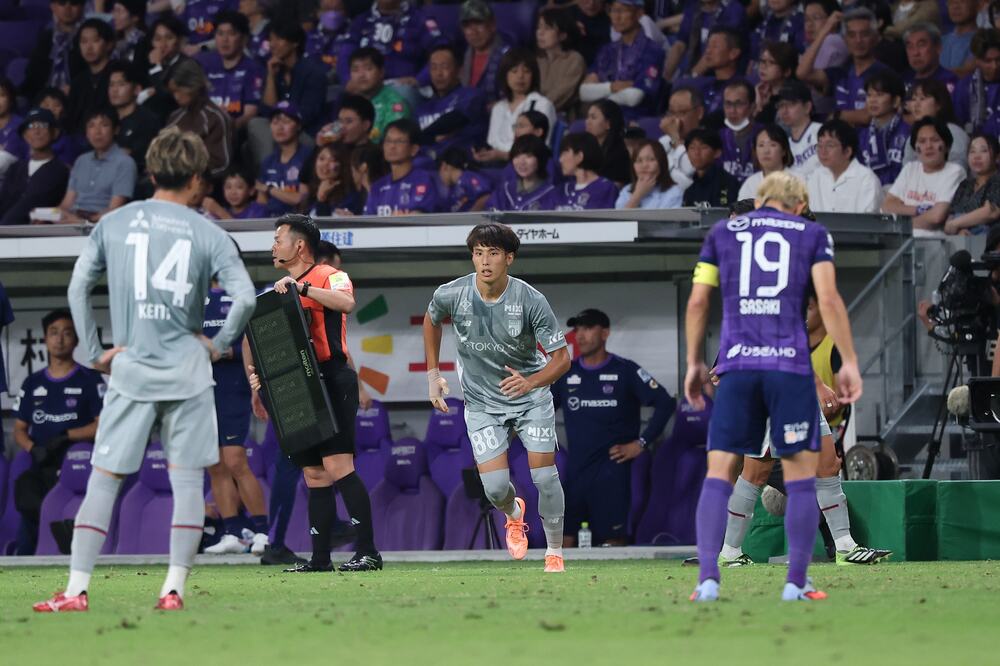
While watching the battle from the bench, Yamaguchi kept envisioning his moment to enter the game. Then, just past the 35th minute of the second half, a voice called out, “Taiyo, let’s go.”
In the 40th minute of the second half, he stepped onto the pitch for his J.League official match debut.
“I intended to stay calm, but I quickly got out of breath. My body was honest (laughs).”
Although he played for only 10 minutes, he showed confident play and delicate ball touches, fearlessly challenging the strong center-back line of Hiroshima, including Araki, who has been selected for the Japan national team, and Kim Ju-sung of the South Korea national team. His fearless approach to the ball surely brought new hope to FC Tokyo’s fans and supporters.
“I couldn’t deliver any special plays, but I think I was able to perform the plays I had envisioned. Of course, I was nervous. However, as I get used to the number of matches and the J1 League environment, I feel that I can definitely manage, and I think I was able to show a bit of what I have built up in the Hiroshima match,” he said as he left Hiroshima with a sense of accomplishment.
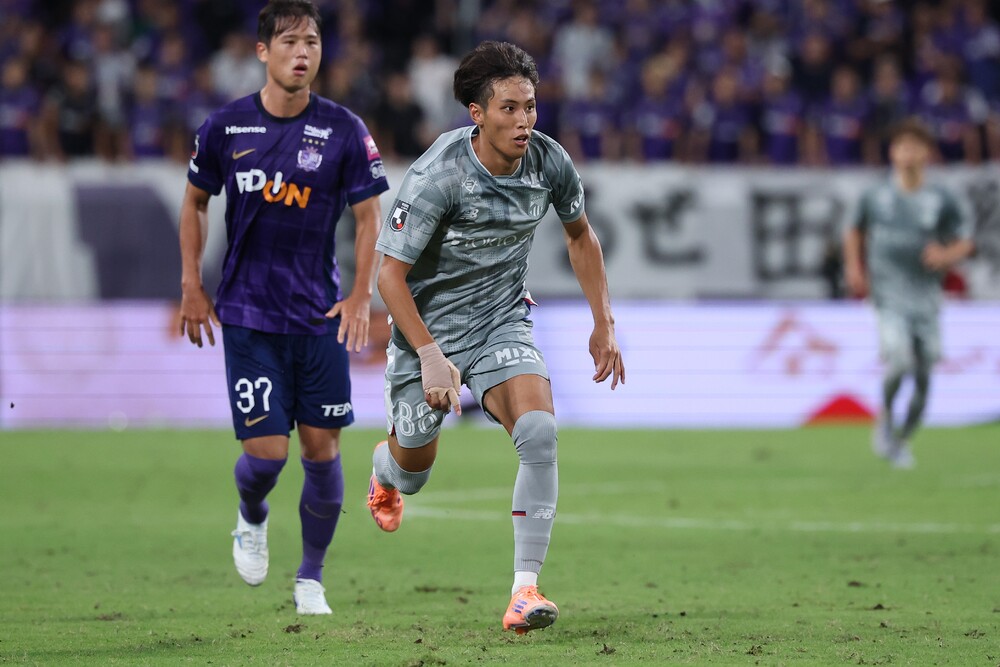
Let’s rewind the story a little.
Yamaguchi, who was promoted to the top team this season, entered the camp with determination, saying, “I want to make a strong impression from the start.”
However, the wall of rivals competing for the same position, led by Marcelo RYAN, was high for Yamaguchi in his first professional year, and since the league opener in February, he had not been named in the official match squad.
In addition, he was injured during activities with the U-22 J.League Selection in April, forcing a long-term absence of eight weeks for full recovery.
This can’t continue like this—.
He thoroughly reassessed his body, which had repeatedly suffered injuries throughout the season, both minor and major, and devoted himself to facing himself as a professional soccer player from scratch.
“I got injured early in the season, and just when I felt my condition was gradually improving, I ended up getting injured again. This period was the toughest during the season, and frankly, I deeply realized, ‘This can’t go on like this.'”
For eight weeks, he focused on the quality of his diet, sleep, and strength training, approaching it with the determination to “rebuild” himself.
He especially concentrated on improving the range of motion in his upper body under the guidance of Coach Yukihisa Miyama (physiotherapist) who was in charge of his rehabilitation. By increasing upper body strength and expanding the range of motion, he worked on training that enhanced overall body balance and combined accuracy and power in quick movements such as kicking, dashing, and stopping.
“I realized that until now, I had only been focusing on the technical aspects of soccer. I was able to feel the importance of things like strength training and how to use my body.”
Then, he asked a certain player, “What should I do?” The person he sought advice from was Kento HASHIMOTO, a senior from the academy.
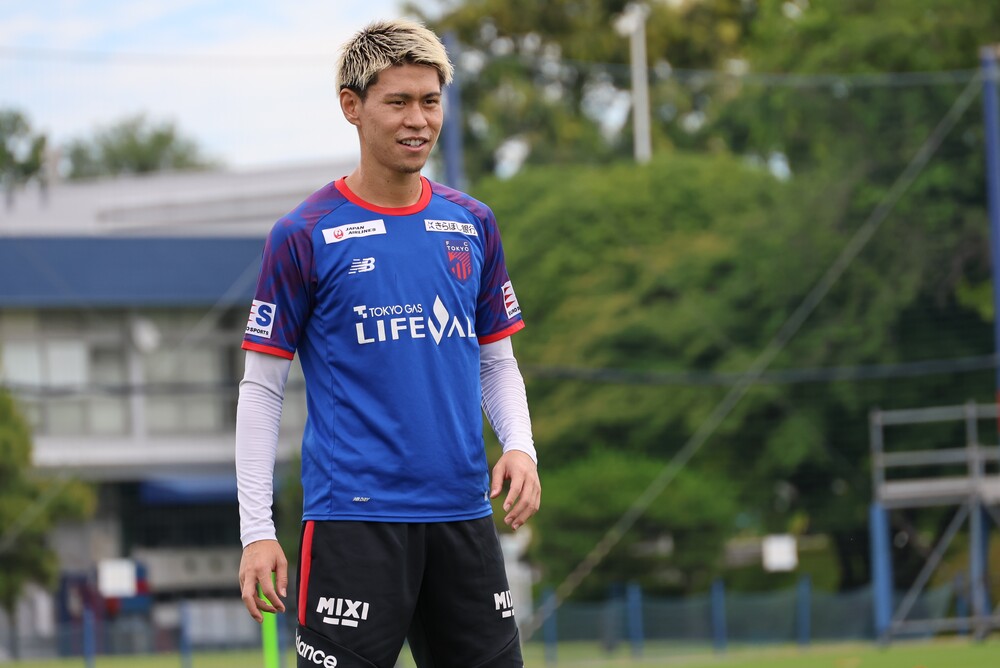
“I think it was intuition. Before I knew it, I was asking Kento-san, ‘How can I get into the match squad?'”
After finishing the rehabilitation period and with his condition improving, Hashimoto sincerely responded to Yamaguchi’s eagerness and impatience to get on the field as soon as possible.
“I understand that your condition is improving, but I don’t think visible results are everything,” he prefaced, offering advice from Hashimoto’s perspective. Not only that, but whenever there was time after practice, opportunities to talk naturally increased.
“First, it was about building relationships with the coach, staff, and teammates starting from practice, and Kenjin-san responded from his perspective to the feelings and sense I have about wanting to play in matches. There were parts I thought I was doing well that I actually wasn’t, and parts I thought weren’t good plays that, on the contrary, were good. Through asking various things during daily practice, I gained many realizations,” he said, using the advice from his experienced senior as nourishment for his own growth.
Currently, Tokyo is facing a tough situation with a series of injuries in the forward line, but amid this, he is steadily sharpening his sense for goals, and the time when that left foot will roar is near.
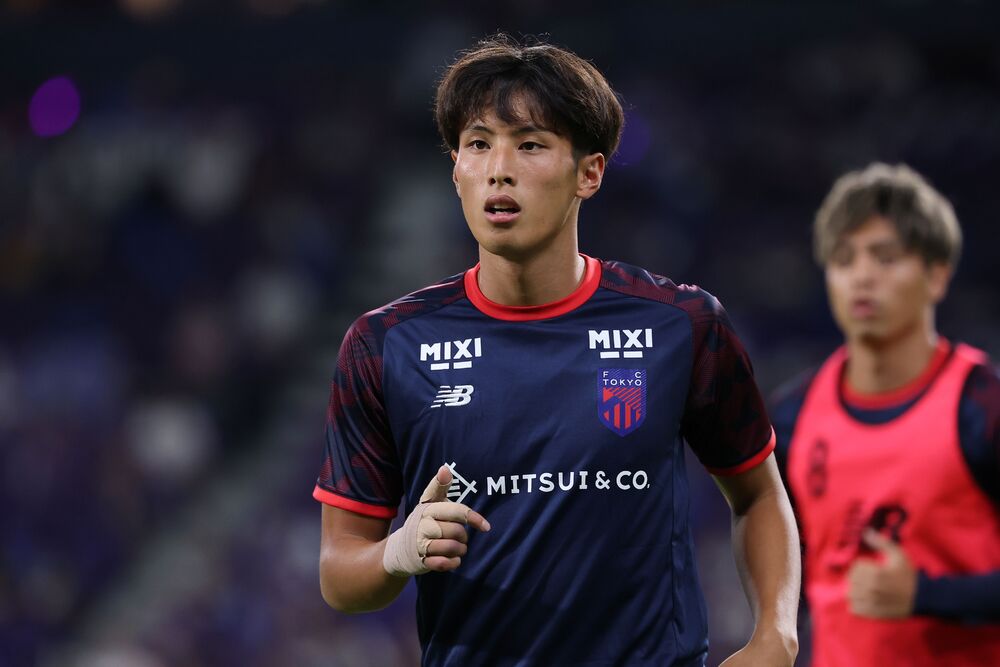
“Next, I want to score a goal. No matter the situation, I want to become a player who can score the winning goal for the team.”
In the Hiroshima match, he was unable to create a shooting opportunity or shake the net, but there was no longer any hesitation in his gaze.
After a long period of struggle, he finally grasped the pitch. The 10 minutes in the Hiroshima match became the “first story” etched into Taiyo YAMAGUCHI’s professional career.
And the continuation of that story still holds infinitely expanding possibilities.
(Honorifics omitted in the text)
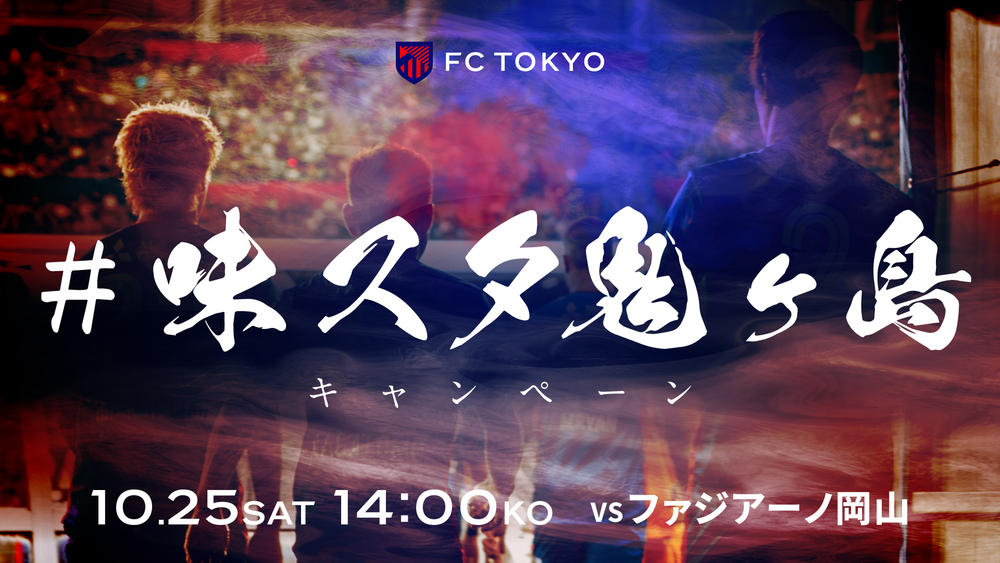
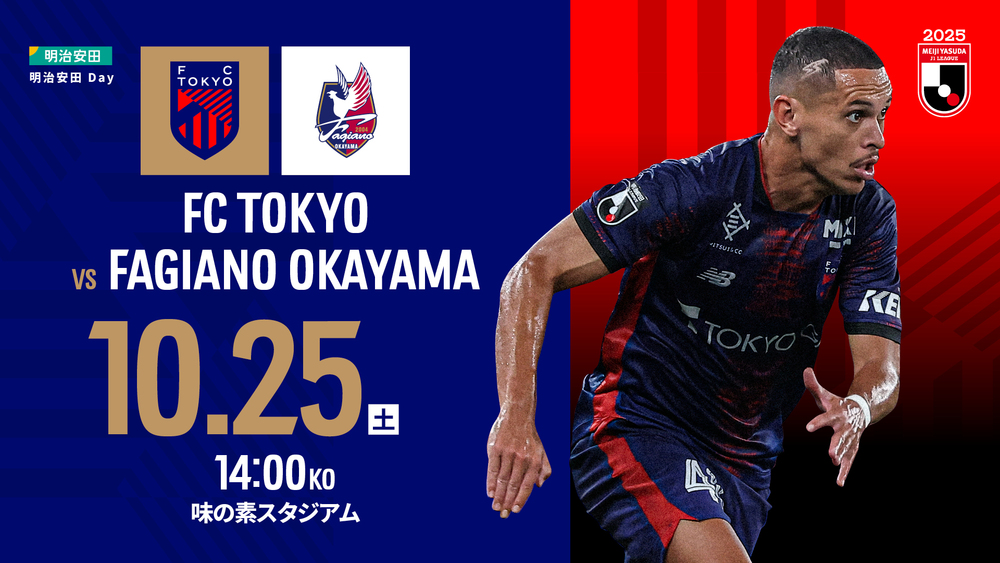
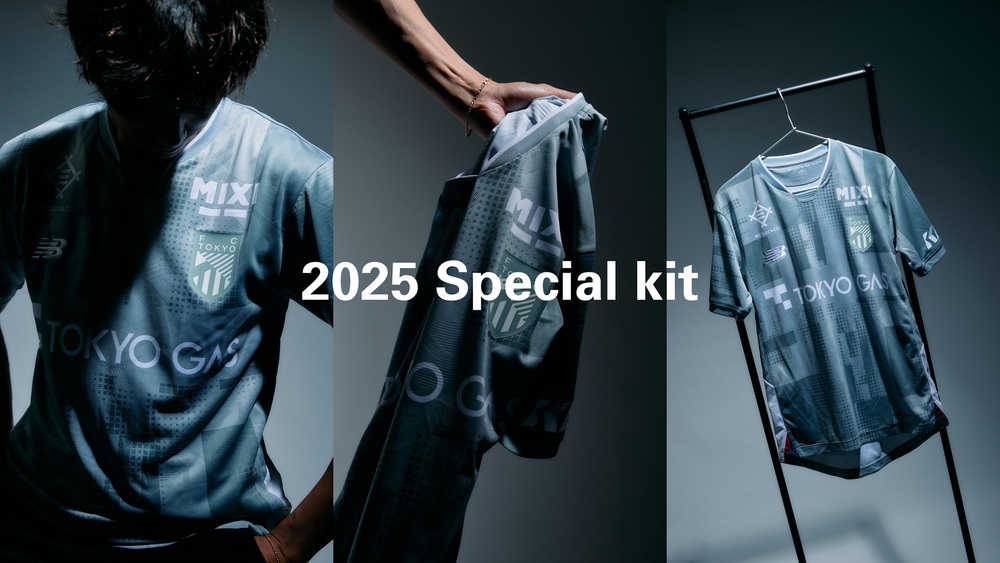


AloJapan.com